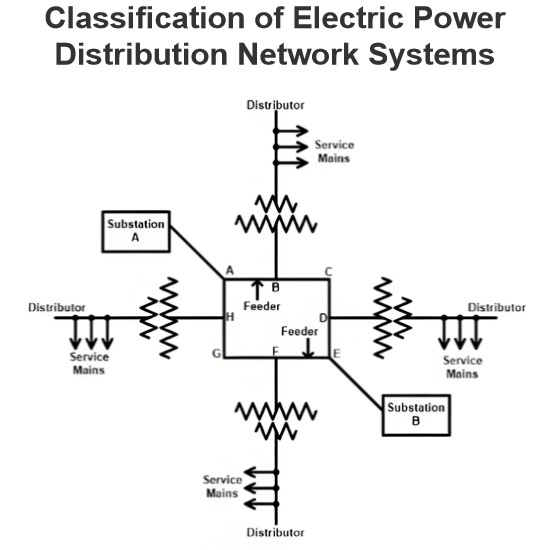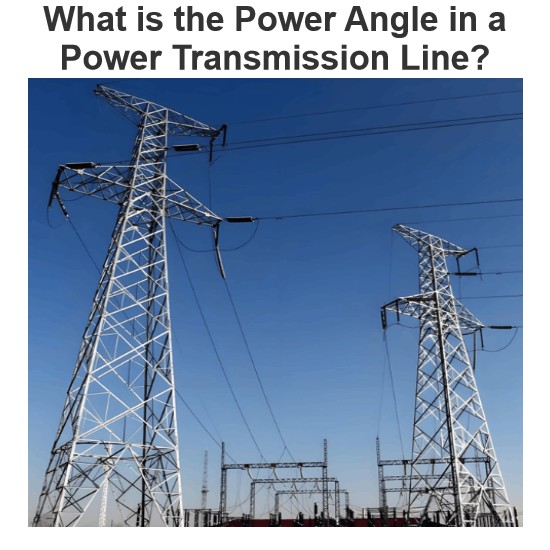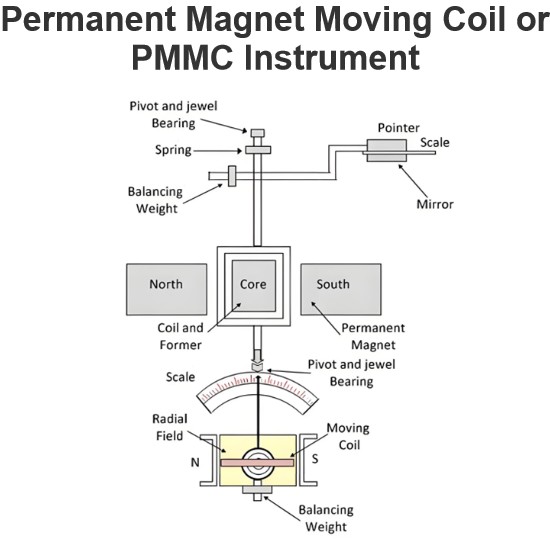Ground Clearance of Different Transmission Lines

Indian Electricity Rule 1956, Clause No 77, mentions, the minimum distance between bottom conductor and ground of different overhead transmission lines.
As per Indian Electricity Rule 1956, Clause No 77, the minimum distance between bottom conductor and ground of a 400KV transmission line is 8.84 meter.
As per this clause, of IE 1956, minimum ground clearance of 33KV uninsulated electrical conductor is 5.2 meter.
This clearance is increased by 0.3 meter for every 33KV above 33KV.
According to this logic, the minimum ground clearance of 400KV transmission line would be,
400KV – 33KV = 367KV and 367KV/33KV ≈ 11
Now, 11 × 0.3 = 3.33 meter.
So, as per logic, the ground clearance of 400KV bottom conductor would be, 5.2 + 3.33 = 8.53 ≈ 8.84 meter(considering other factors).
For, same logic the minimum ground clearance of 220KV transmission line would be,
220KV – 33KV = 187KV and 187KV/33KV ≈ 5.666
Now, 5.666 X 0.3 = 1.7 meter.
So, as per logic, the ground clearance of 220KV bottom conductor would be, 5.2 + 1.7 = 6.9 ≈ 7 meter. For, same logic the minimum ground clearance of 132KV transmission line would be,
132KV – 33KV = 99KV and 99KV/33KV = 3
Now, 3 × 0.3 = 0.9 meter.
So, as per logic, the ground clearance of 132KV bottom conductor would be, 5.2 + 0.9 = 6.1 meter. The minimum clearance of 66KV transmission line is also taken as 6.1 meters. Actually, in any case, the ground clearance should not be less than 6.1 meters across a street. So, ground clearance of 33KV line should also be maintained 6.1 meters across a street. Ground clearance of 33KV bottom conductor would be 5.2 meters above cultivated land.
Statement: Respect the original, good articles worth sharing, if there is infringement please contact delete.
Electrical4U is dedicated to the teaching and sharing of all things related to electrical and electronics engineering.













